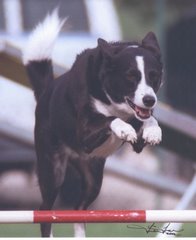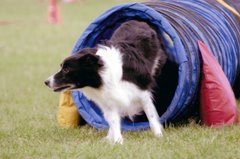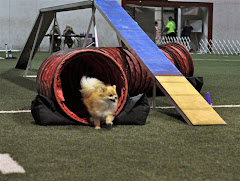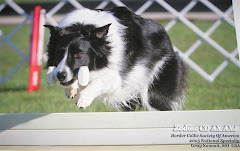Histiocytomas are also sometimes called "button tumors" because of their appearance. The classic appearance is of a small, pink, hairless mass on the face, frequently of a young dog. They can, however, appear anywhere on the body in a dog of any age.
Histiocytomas can frequently be diagnosed with cytology and surgical biopsy is rarely necessary. Also, these tumors will generally regress on their own over a period of a few weeks to up to 3 months. While you could just monitor these suspected masses for regression I do like to at least do cytology to differentiate from a mast cell tumor as those require more aggressive treatment. But if the cytology is consistent with histiocytoma I usually just recommend waiting for regression. If the owner is concerned, the cytology is questionable, the mass is not regressing as expected, or the mass is bothering the dog such that they are always breaking open and bleeding or being scratched at, then surgery is recommended. Sometimes an ulcerated or pruritic tumor can be managed with topical medications until regression.  |
| Cytology of histiocytoma |
Personally, I think this is a great use of cytology. These are the cases where cytology can save a pet and owner the stress and expense of a surgery which is usually appreciated!
This condition is rare in cats.



.jpg)
.jpg)



.jpg)



1 comment:
Bentley had one of these just above his nose when he was about eight months old. It appeared suddenly and grew very quickly. Our vet recommended removing it and he never had another.
Post a Comment